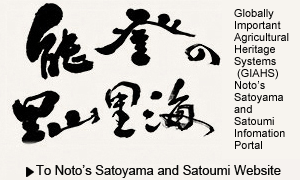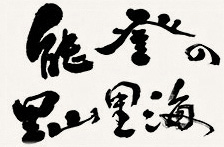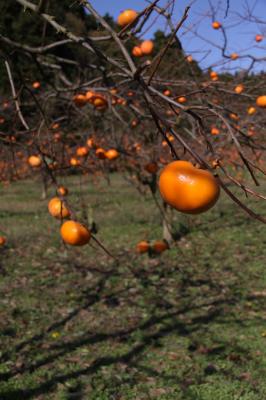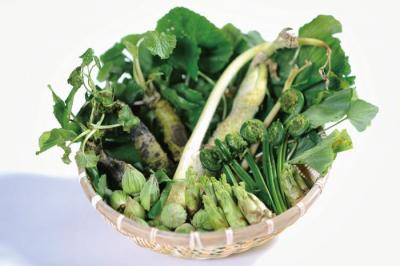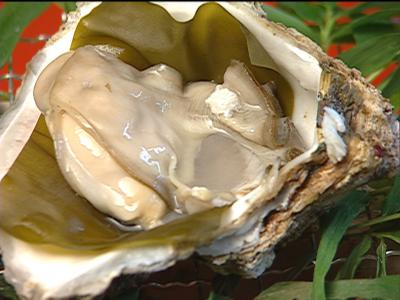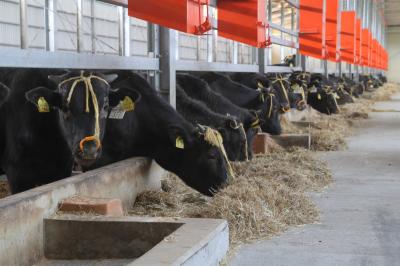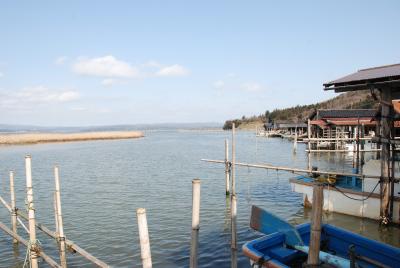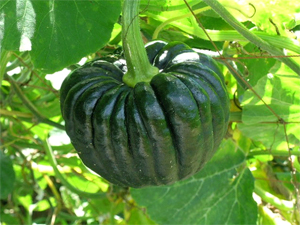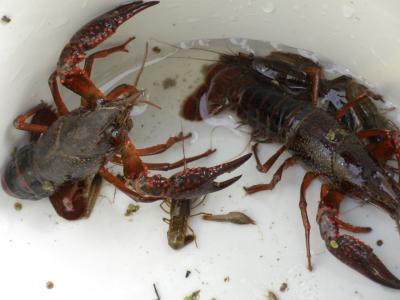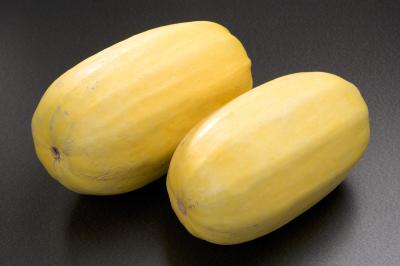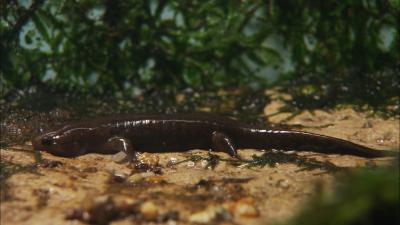
Name
Monbei Persimmon
Address
Yamazaki and other areas of Hôdatsushimizu Town
Category
Agriculture、Forestry and Fisheries
Class
Agricultural products and seafood
Age
20th century~21th century
Comment
This astringent persimmon has been grown in the Yamazaki, Kawahara and Higashima areas since the Edo period. It got its name from the name of the farmer who first planted a seed and grew the tree, who was called Monbeisa. The fruit is large, and weighs over 200g. It becomes very sweet after removal of its astringency, and is highly regarded in the market. In 1989, persimmon fields in the Yamazaki and Higashima areas were established with national funds. The astringency-removal treatment using alcohol was standardized to make it a brand-name product. Now, about 500 trees grow in fields with a total area of 24 hectares. Persimmon cultivation on such a large scale is rare. A tree-owner system was introduced because of the aging of farmers in the Yamazaki area. In addition to the local farmers, about 30 private producers are now engaged in the cultivation. The Kawahara area has a 200-year-old tree, the Higashima area has a 100-year-old tree, and the Hôdatsu area has a 60-year-old tree. These trees are being preserved as seed trees for Monbei persimmon.
Views
Access number:8369

